Learn how to cream butter and sugar for light, tender cakes, cookies and other baked goods.
Our editors and experts handpick every product we feature. We may earn a commission from your purchases.Learn more.
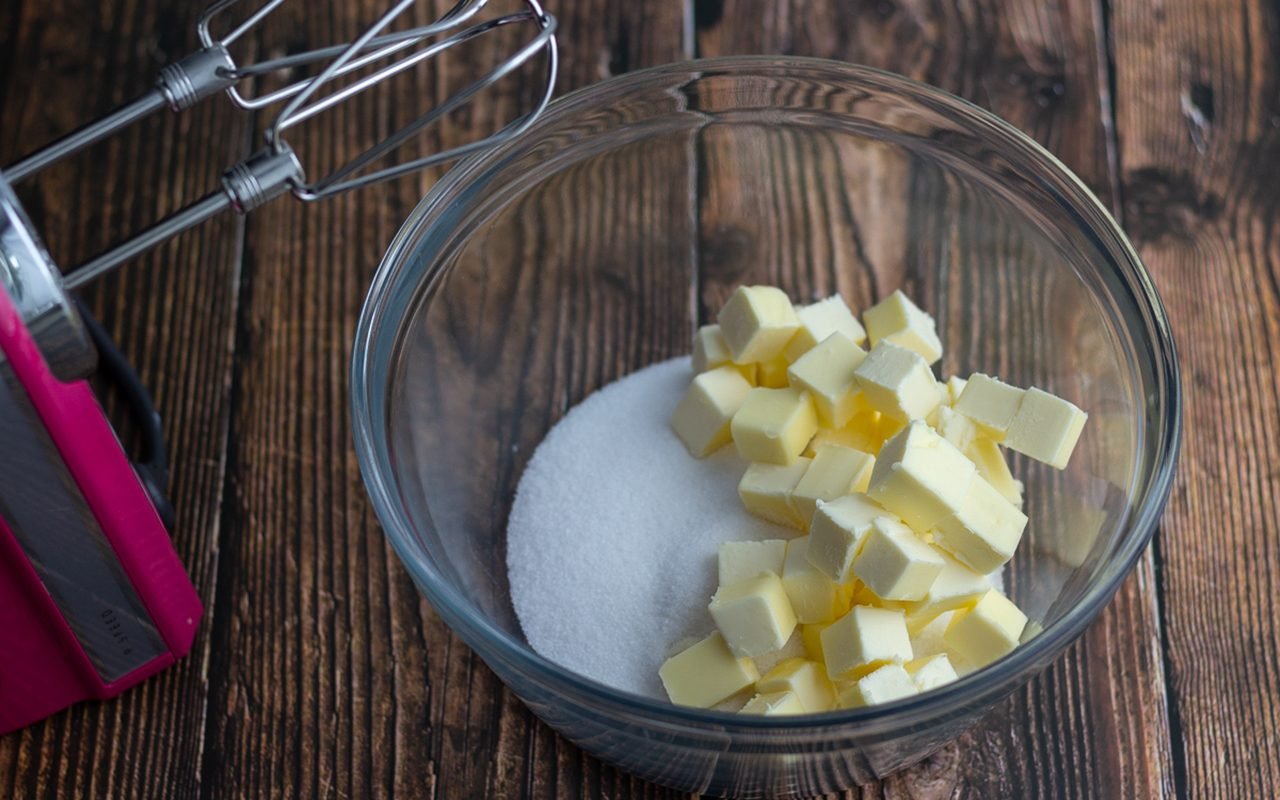

Learn how to cream butter and sugar for light, tender cakes, cookies and other baked goods.
Our editors and experts handpick every product we feature. We may earn a commission from your purchases.Learn more.
“Cream butter and sugar.” This recipe step sounds simple enough, but it’s so important for baking! It’s a step bakers often get wrong, too. Knowing how to cream butter and sugar the right way is key to making superior baked goods.
Creaming butter and sugar together adds pockets of air that aerate the batter. This air puffs up cakes and other homemade treats as they bake, giving them a lighter and more appealing texture.
The air is added by beating room-temperature butter with sugar on high speed. The sugar crystals become dispersed and suspended in the butter, creating tiny spaces that trap air. The longer you beat the butter and sugar, the lighter and more aerated the mixture becomes.
In cookie recipes, a longer creaming time creates a cookie that is more cake-like. Less creaming creates less air, and the cookies will be flatter and chewier.
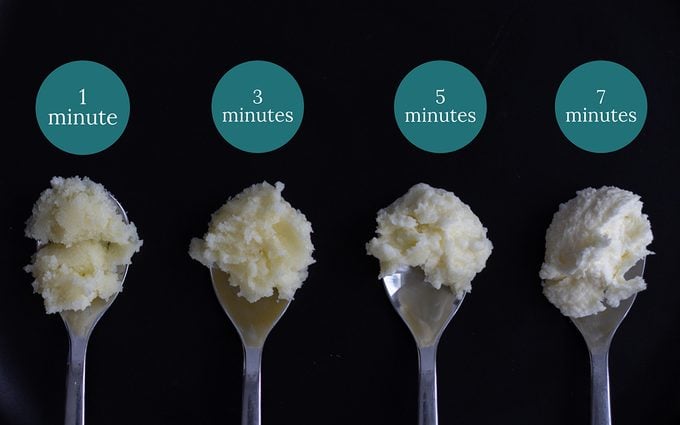
You have to cream for much longer than most bakers expect! The majority of recipes simply ask us to “cream butter and sugar,” without indicating for how long.
The best results come from beating the ingredients together until the mixture is pale in color and fluffy—how long this takes depends on the strength and speed of your mixer. In some cases, the step will take about 5-7 minutes, but more powerful mixers may only take 2 or 3.
As you cream the softened butter and sugar together, watch for the mixture to change. At the beginning, it looks like wet sand, with crystals of sugar visible. Then, as the creaming continues, the mixture becomes lighter with peaks.
This is the best butter to use for homemade baked goods.
Softened or room-temperature butter should still be cool to the touch, but soft enough that when you press it you can leave an indentation. The temperature of softened butter should around 65°F. If the butter looks or feels oily, or has started to melt, it’s too warm and will not be able to aerate properly.
Can I used melted butter instead? The texture of your baked goods will not be the same as with creaming. Since there is no aeration in melted butter, cookies will be flatter and chewier. Recipes using melted butter may call for more baking soda, baking powder or as with some cakes, beaten egg whites, to give the lift that creaming would normally give.
Check your recipe for the amount of butter and sugar needed. Then, follow the steps below to properly cream them together.
Cut the softened butter into cubes and add them to the bowl of your stand mixer. If using a hand mixer, put the butter pieces in a large mixing bowl.
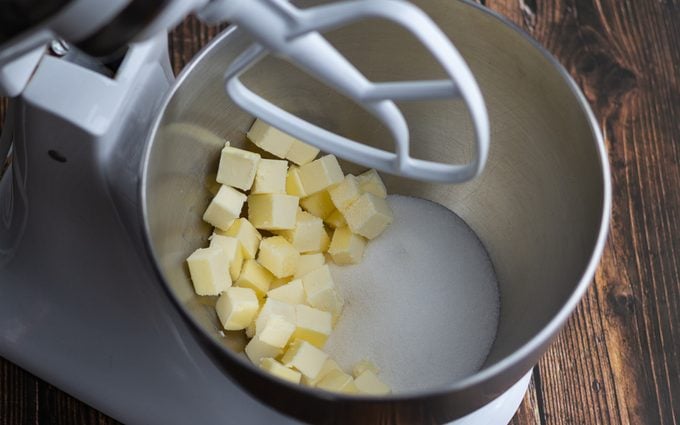
Add the sugar or sugars to the bowl. Start your mixer on medium speed. Then, as the sugar is incorporated, increase the speed.
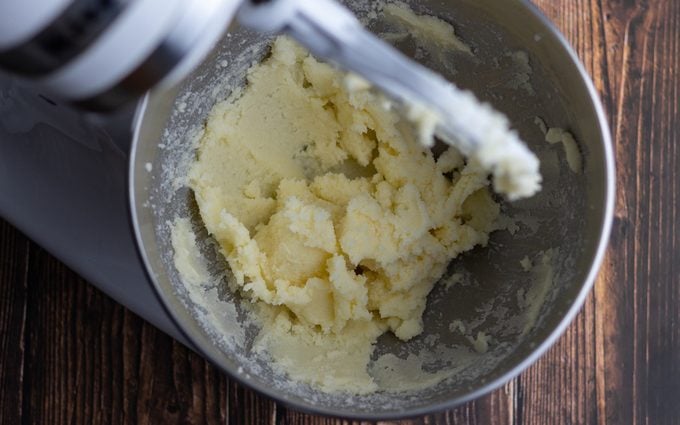
Beat the butter and sugar together until the mixture is light in color and fluffy; this will take about 5 minutes. (Granulated sugar and butter will be pale yellow when creamed. Brown sugar creamed with butter will be light brown.)
Scrape the bowl and beater down two or three times with the rubber spatula during mixing, to be sure all the bits of butter are mixed in.
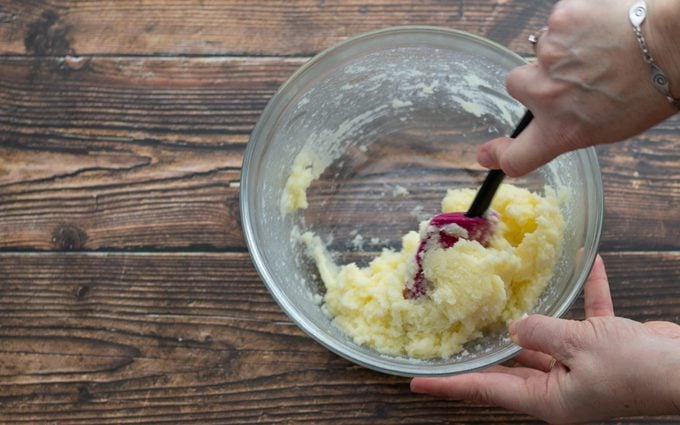
Your arm will be sore, but it can be done!
Put cubed butter into a large bowl, then use a wooden spoon, sturdy rubber spatula or even a fork to begin mixing the butter. Add in the sugar or sugars. Continue stirring and folding the two together, scraping down the bowl as you go, for about 10 minutes. The mixture won’t be quite as fluffy as with an electric mixer, but it will be light in color and creamy.
Though both salted and unsalted butter can be used with good results for creaming, for baking in general your best bet is to stick with unsalted butter. Using unsalted butter means you know exactly how much salt is in your recipe, giving you more control over the balance of salt and other flavors in the final product.
Learn more in our complete guide to butter.
Sticks of butter brought out of the fridge will take anywhere from 30 minutes to an hour to reach room temperature. If you can’t wait this long, there are ways to soften butter more quickly:
After creaming the butter and sugar, eggs are added in one at a time and beaten in rapidly. You are continuing to add air to the mixture while incorporating the eggs. Christina Tosi, the award-winning pastry chef and owner of Milk Bar, says that the egg “forces the emulsification of butter and sugar. It strengthens the bond.” (Find more baking tips from Christina.)
This emulsion happens more evenly and reliably when the eggs are added in one by one, and beaten on high speed to incorporate them. The butter may look curdled after the first egg is mixed in, but it’ll smooth out with continued beating.
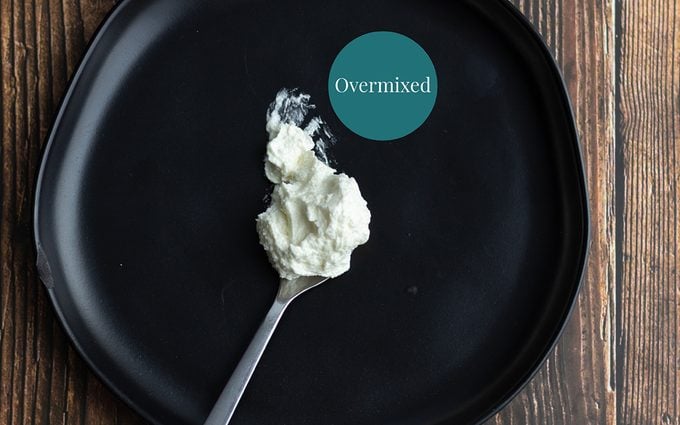
Most bakers undermix at the creaming stage, but overmixing is a possibility, especially if it’s very warm in your kitchen. When your butter-sugar mixture looks pale yellow in color and fluffy, stop mixing. If mixed past this point, the butter begins to melt. It will look oily and liquidy, with a grainy texture, or may look white like whipped cream. This means it’s been overmixed and cannot be used in your recipe.
Watch your butter-sugar mixture carefully, keeping the speed of your mixer around medium-high so you don’t accidentally mix past the point of no return.
Editor’s Note: Where overmixing almost always happens is after the flour and other dry ingredients are added. Once flour meets wet ingredients, gluten begins to form. The more you mix, the more gluten develops, which can make baked goods taste hard, rubbery or tough.
After adding the dry ingredients, run or pulse your mixer for the shortest time possible, just enough to bring wet and dry mixtures together. Finish the mixing by hand, especially in recipes calling for the addition of ingredients like nuts or chocolate chips.
Have you ever heard of this method? Reverse creaming is often used in cakes, and in some cookie recipes, too. Regular creaming blends butter with sugar. But with reverse creaming, sugar is blended with flour and other dry ingredients, and then the butter is beaten in. Eggs are added last.
The butter fat coats the flour, preventing gluten formation, so cakes come out with a very tender crumb. It’s also used in cookies where a flat surface is desirable, like with sugar cookies for decorating. The batter doesn’t get aerated so the cookies don’t puff up, but instead bake flat.